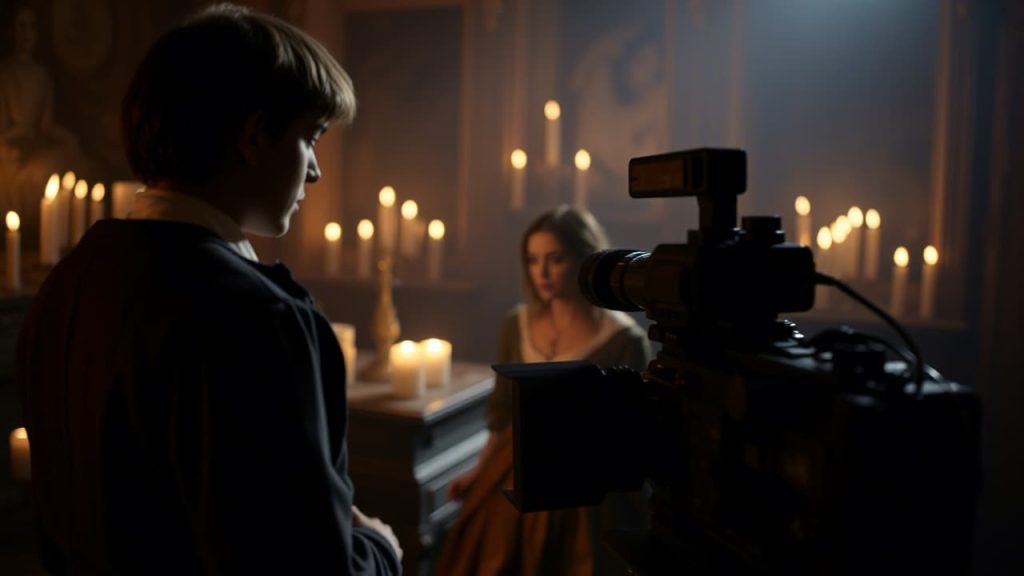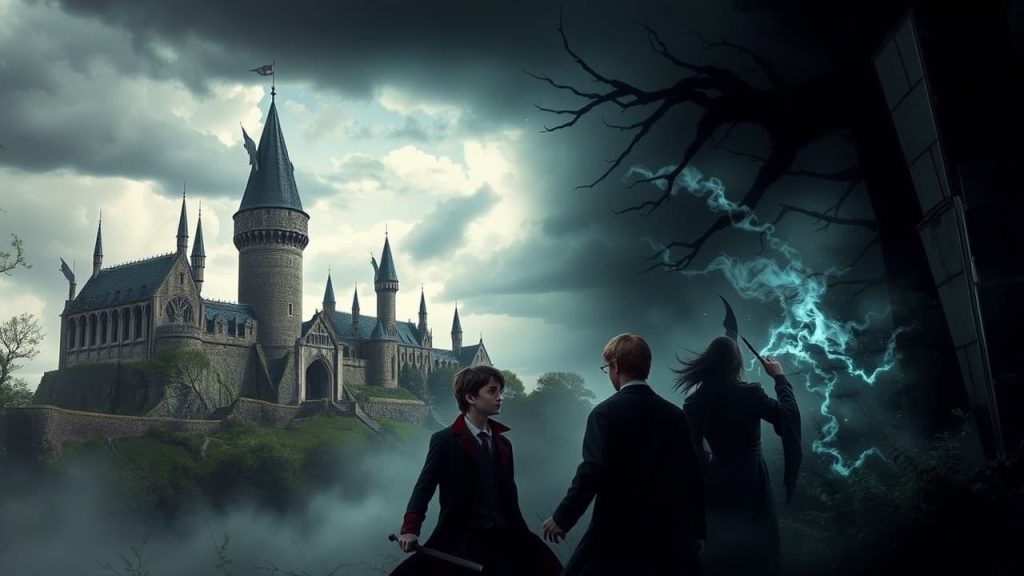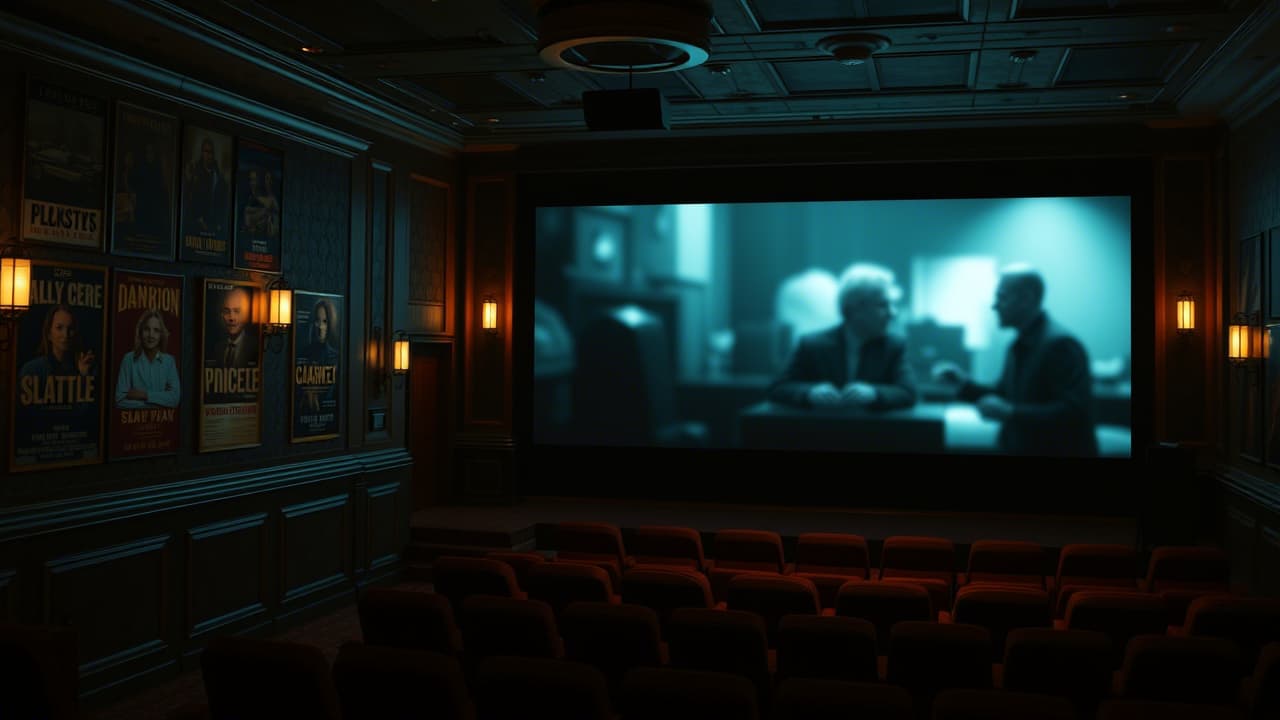Cinema, once an unfiltered window into the human experience, has lately become a polished product carefully tailored to fit within the PG-13 box. Studios prioritize marketability over authenticity, and storytelling is sacrificed for mass appeal. But for those of us who crave something deeper — something raw, emotionally brutal, and unapologetically adult — there’s still a sacred refuge: the R-rated film.
This is why we created red-themovie.com: to honor the films that don’t flinch.
🩸 What the R Rating Gives Us
Violence isn’t the point — honesty is. Sex isn’t the spectacle — it’s the truth. Language isn’t gratuitous — it’s real. These are the tools of filmmakers who respect their audience enough not to sugarcoat the human condition.
From The Revenant to Requiem for a Dream, Hereditary to Joker, R-rated films don’t just show us the world — they strip it bare. They are uncomfortable, visceral, unforgettable. They are not made for teens. They are made for adults who don’t want their art diluted.
🍿 The PG-13 Problem: Sanitized Cinema

The studio system thrives on “safe” content. The PG-13 rating has become a box into which creativity is stuffed until it suffocates. Filmmakers are asked to trim down themes, remove blood, tone down intimacy, and silence the voice of their characters — all in exchange for a broader demographic.
We’ve all seen the difference:
- A horror movie where the scares are loud but toothless
- An action scene that cuts away right before the impact
- A breakup that sounds like a high school essay instead of a heartbreak
The result? Soulless cinema that tries to be everything to everyone — and ends up being nothing at all.
🧙♂️ But What About Magic? Even Fantasy Isn’t Safe Anymore
Even the most fantastical universes suffer under this pressure. Let’s talk about Harry Potter. The original film series maintained a respectable tone — growing darker with each installment — but still remained PG or PG-13 throughout. While effective for its audience, it left a fascinating question:
What would a truly adult version of the wizarding world look like?
Imagine:
- The trauma of war in Deathly Hallows given the gravity it deserves
- The moral corruption of the Ministry of Magic explored with nuance
- The psychological cost of carrying a Horcrux portrayed with R-rated intensity
This isn’t about blood for blood’s sake. It’s about depth, weight, realism — the things a story about life, death, and destiny deserves.
🍻 The Culture of Fandom and What It Says About Us
Ironically, while studios censor for the younger audience, it’s the adults who stay. Fans who read Harry Potter as kids are now in their 30s. They host parties, analyze fan theories, and critique the franchise with the eyes of maturity. And they’re hungry for more than what the PG-era can provide.

Take for example the creativity of fans who host immersive, themed events based on the wizarding world. Some go so far as recreating Hogwarts-style feasts, mixing magic with grown-up sophistication — complete with references, recipes, and fan-driven devotion that ironically dives deeper than the studio ever allowed.
This grassroots celebration shows what Hollywood still doesn’t get: the fans grew up. The stories should too.
🎬 R-Rated Fantasy: What We’re Missing
What if Warner Bros. greenlit a standalone, R-rated Harry Potter story? Perhaps a prequel about the First Wizarding War. Or a dark take on Grindelwald’s rise — not the glossy Fantastic Beasts version, but something closer to Children of Men in tone.
We already know how powerful adult fantasy can be. Just look at:
- Game of Thrones (early seasons)
- The Witcher
- Pan’s Labyrinth
- Deadpool — proving even superhero fantasy can succeed with an R rating
So why not let Harry’s world grow some teeth?
🎥 The R-Rated Film Is a Statement
It’s not about gore, or nudity, or profanity — it’s about courage. To say: we will not dilute. We will not patronize. We will not lie to you about what this world is, or what it could be.
Whether it’s through dark dramas, disturbing thrillers, raw biographies, or twisted comedies, R-rated films remind us that storytelling is meant to provoke. To haunt. To expose.
💡 Final Thought: It’s Time to Stop Apologizing
As audiences, we need to stop apologizing for wanting more. For not being satisfied with the “safe version.” For craving the raw cut, the director’s vision, the grown-up story.
Studios will always chase the biggest demographic. But we, the audience, can choose the story that doesn’t treat us like children.
So raise a glass of Butterbeer — or whiskey — and toast to the films that dare to go beyond the border.
To the R-rated.
To the real.
To the red.
